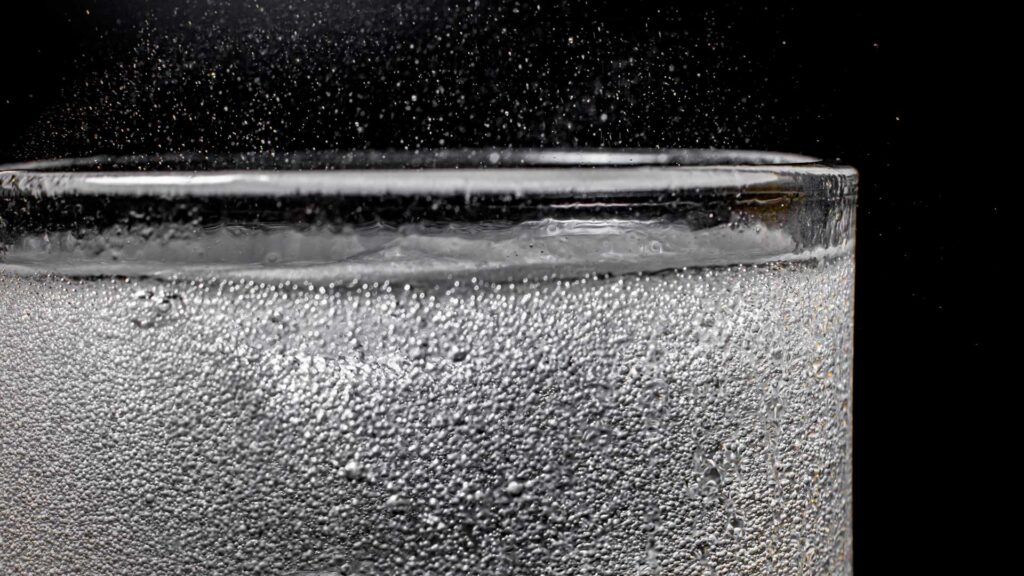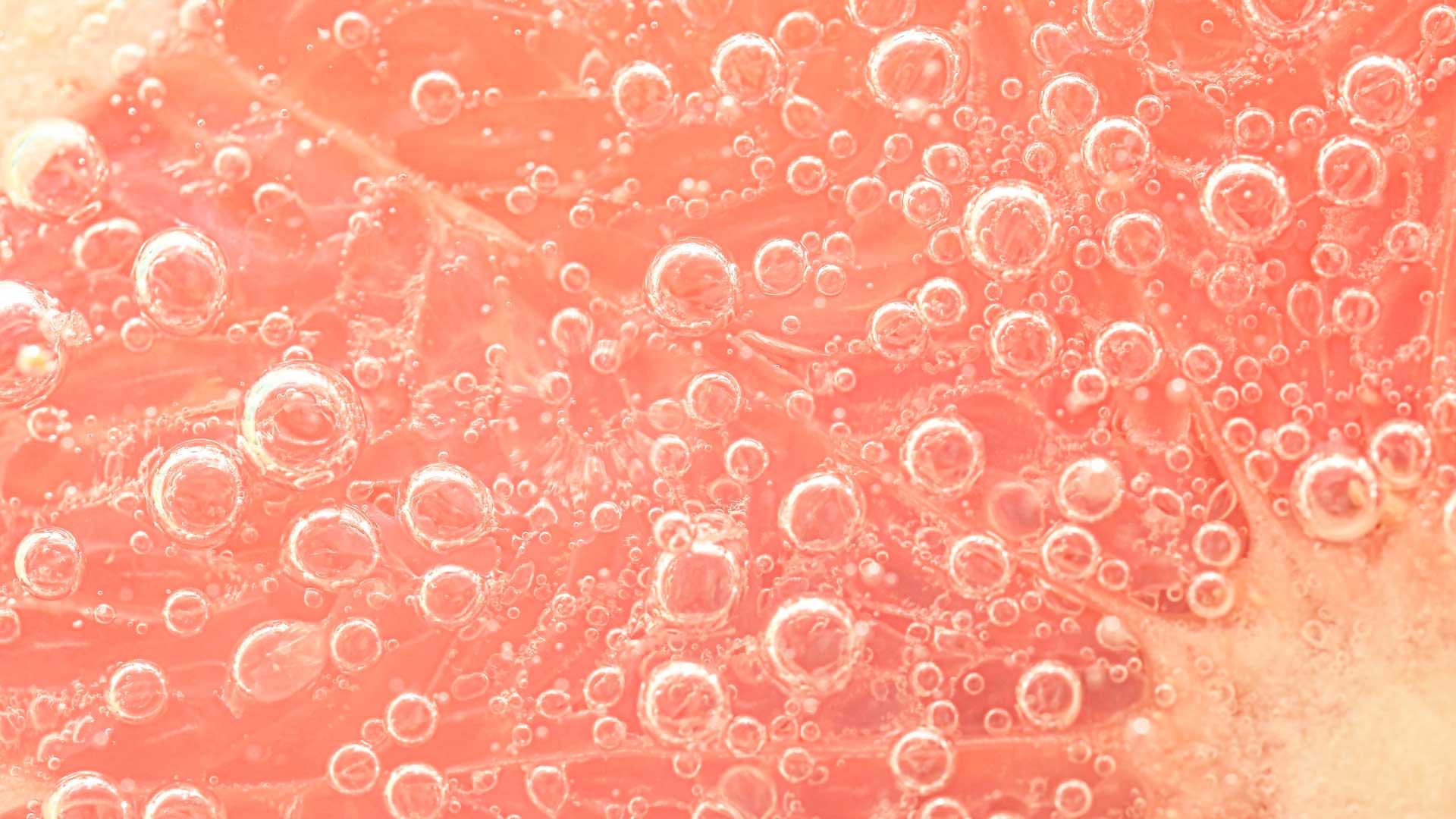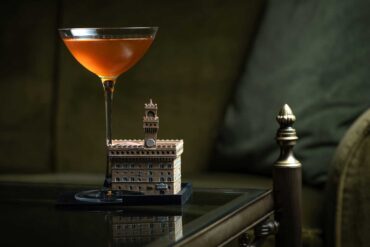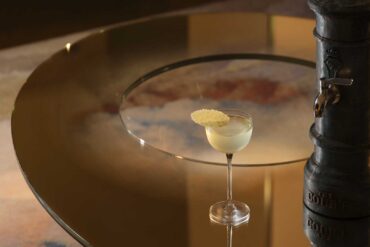In the expansive world of cocktails, carbonation has carved out its own niche — one that’s growing in importance. With a few unpredictable factors, it might just become the next big trend, something that’s been anticipated for a while now.
What Is Carbonation?
From a technical standpoint, carbonation is a chemical process where carbon dioxide interacts with a substance, resulting in the formation of carbonates. It occurs naturally under certain conditions but can also be induced artificially. We’re more interested in the latter. As dictionary explains, artificial carbonation serves various purposes: “to add a fizzy flavor (as in soft drinks), enhance preservation (like in wine or beer), or remove calcium salts.”
To dive deeper, carbonation involves dissolving carbon dioxide into a liquid under pressure. When that pressure is released — say, by popping open a bottle — carbon dioxide appears as bubbles. You can carbonate water, fruit juices, and even cocktails: think of classics like the Martini or the Americano.
Why Carbonate Cocktails?

Carbonation has two main benefits. First, those bubbles bring a refreshing sensation that softens the dry, strong notes of alcohol. This can give a summery twist to otherwise heavy-hitting drinks (a Negroni Sbagliato is a perfect example) or appeal to drinkers who shy away from high-proof spirits.
The second key effect is texture. Carbonation alters the mouthfeel of a cocktail, which in turn helps to unlock aromas and flavors that might otherwise stay hidden.
How Do You Achieve Carbonation?
There are two traditional methods to carbonate drinks — “traditional” meaning they’ve been around for a few decades. One is to use the classic soda siphon, while the other involves a carbonation shaker. Both methods deliver results fairly easily and quickly.
However, they come with limitations: their small capacity only allows for small batches, and you’ll need to replace the CO2 cartridges fairly often. Also, soda siphons must be used with pure liquids — no fruit juices or ingredients that might clog the nozzle.
An alternative is to use draft systems similar to those for beer on tap. This approach requires professional installation, but it can handle larger volumes of carbonated drinks and cocktails with ease.






